If you’re not familiar with rhubarb, it is a perennial vegetable known for its tart flavor and vibrant red and green stalks. It is delicious in pies, jams, sauces, and crumbles. In this extensive rhubarb growing guide, I will dive into the essentials of how you also can grow rhubarb successfully.
I have the low-down on what the ideal rhubarb growing conditions are and tips for growing thick rhubarb stalks. You can also successfully grow rhubarb in warmer, southern climates. By following these tips, you’ll soon be enjoying all the yummy rhubarb treats such as my strawberry rhubarb lemonade slush, rhubarb bars (which even got Mark to concede that rhubarb is quite tasty), or rhubarb raspberry dessert sauce.
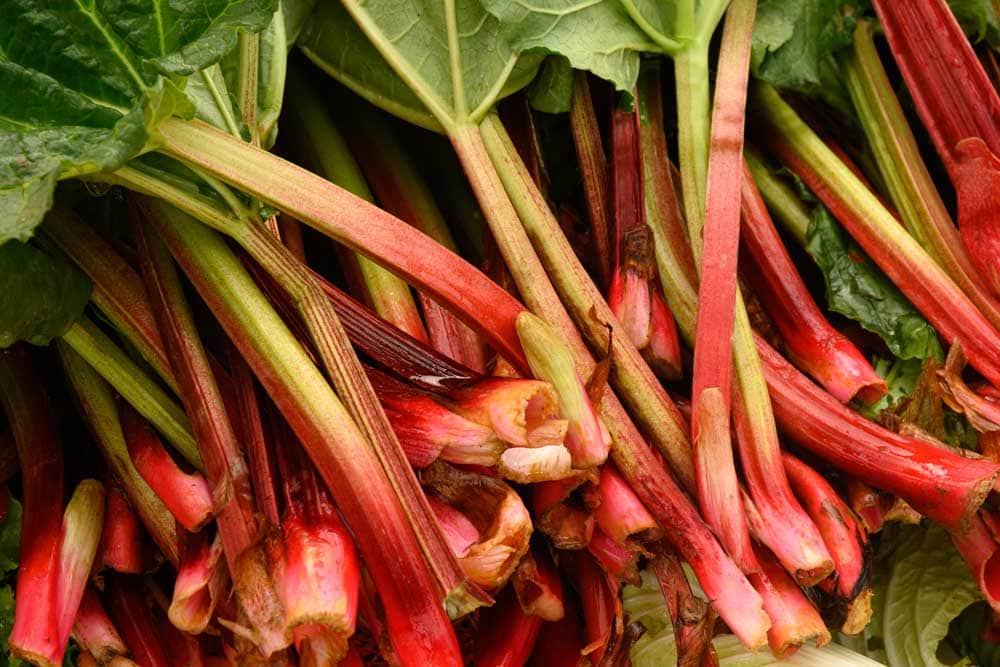
If you take good care of your rhubarb, you’ll have productive rhubarb for 15 years or more. Right now it is the prime time for rhubarb to start producing stalks in abundance. Before we get to harvesting though, let’s lay the groundwork in this rhubarb growing guide.
About Growing Rhubarb
Rhubarb (Rheum rhabarbarum) is a hardy perennial vegetable that belongs to the buckwheat family. It was initially grown in Asia but finally made its way to Europe in the 1600s. Thankfully it landed in the good ole United States and it’s been enjoyed for centuries. I grew up having fresh rhubarb all summer long. My mom’s plants were well established and had been in place for 10-plus years. Once you get a rhubarb plant established, it can take a lot of abuse (though your harvest may suffer).
In fact, I recall several different summers, my brother mowed her rhubarb down entirely. Much to her relief, it always came back with gusto. To achieve a hardy rhubarb plant that can withstand a lawnmower, you’ll want to look at your growing conditions.
Ideal Climate
Rhubarb grows best in areas where the average temperature falls below 40°F (4°C) in the winter and below 75°F (24°C) in the summer. The plant needs to go dormant for a time and this occurs during the cold winter. Rhubarb’s growing range extends from USDA zones 2b to 7. It is possible to grow rhubarb in warmer climates but you will have to follow specific measures to do so. Most of the United States reaches over 75°F (24°C) so just be mindful that your plant will slow in production during extreme heat.
Soil Requirements
In order to get a good harvest, you will need to provide the right soil. Well-draining and loamy soil(sand, silt, and a smaller amount of clay – 40% 40% 20%) is the ideal combination for rhubarb. It also prefers slightly acidic soil with a pH between 6.0 and 6.8. You can incorporate compost or aged manure and sand into the planting area to help improve the solid. Regardless, you will want to avoid planting rhubarb in areas that tend to flood or have heavy clay soil. Both conditions can lead to root rot and other issues.
Planting Rhubarb: Starting from Crowns or Seeds
Rhubarb can be started from crowns or seeds. No matter what you choose, there are advantages and challenges. I’ve successfully planted quite a few rhubarb plants from seed with great success.
Starting from Crowns
Planting rhubarb from a crown is the most common method, since it is the fastest way to get a harvest from your plant. Crowns are at least 1-year-old root divisions that are available from greenhouses or other gardeners.
Dividing Your Crowns
You may also divide your rhubarb crowns to increase your number of rhubarb plants. Dividing your established rhubarb is also extremely healthy for your plant. Splitting your crown up will breathe fresh air into your plant which will provide you with thicker, healthier stalks. Crown division is simple, you will just need to dig out your entire rhubarb plant and split it at the root ball into sections that have at least 2 or three buds.
Be sure to plant your divided or purchased crowns in early spring as soon as the soil is workable. You may also plant them in the fall after the foliage all die back and they become dormant.
Planting Your Crowns
To plant, simply dig a hole large enough to accommodate the plant’s root system, and plant the crown with the top just above the soil level. Space plants about 3 feet apart to allow for ample growth.
Starting from Seeds
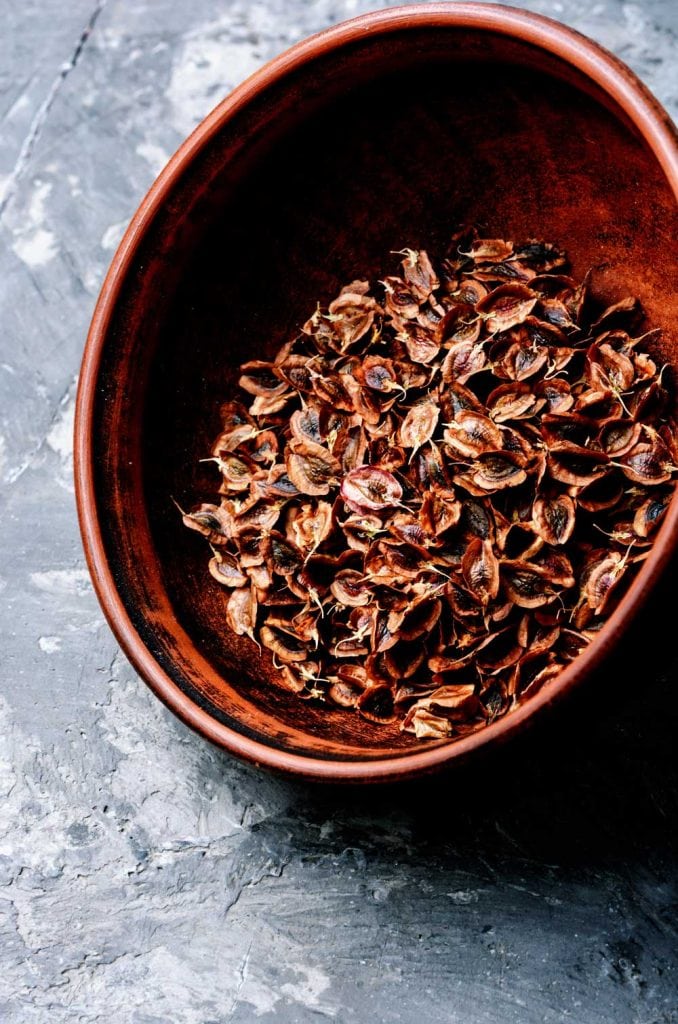
If you have the patience, growing rhubarb from seeds is a far more economical option. Keep in mind that you will not be able to harvest rhubarb from the plants until 2 years after you start them from seed.
How to Start Seeds
Plant your rhubarb seeds indoors about ten weeks before the average last frost date, using a germination station and heat mat to improve seedling health and germination rates.
Plant Your Seedlings
Transplant seedlings outdoors in early spring, once they are at least four inches tall and after they have been hardened off. Space seedlings about 3 feet apart, just as with crowns.
Red or Green Rhubarb Varieties?
Rhubarb stalks are either green or red. My grandma swears that the best-tasting rhubarb is red. But you be the judge on that. Here are some of the more common varieties according to color.
- Red – Cherry Red, Valentine, Crimson Red, Canada Red, MacDonald, Strawberry, & Valentine
- Green – Victoria, Riverside Giant, & Turkish
Rhubarb Care: Watering, Fertilizing, and Mulching
Proper care is crucial to growing rhubarb successfully. By providing adequate water, fertilizer, and mulch, you can ensure healthy and productive plants.
Watering
Newly planted rhubarb requires regular watering, up to three times a week if needed. Once established, rhubarb plants can rely more on natural rainfall, as their deep roots can access water and nutrients from deeper soil layers. During dry periods, water plants thoroughly to a depth of at least one inch each week.
Fertilizing
Rhubarb is a heavy feeder so you will want to amend the soil. You can add a 10-10-10 fertilizer or compost to your soil twice a year, once in the spring and once in the fall. Apply fertilizer or compost in spring and fall to provide the necessary nutrients for robust growth. If soil tests reveal high phosphorus levels, switch to low-phosphorus or no-phosphorus fertilizers to prevent runoff issues and water pollution.
Mulching
Apply a layer of organic mulch, such as straw or shredded leaves, around the base of rhubarb plants to help retain soil moisture and suppress weed growth. Replenish mulch as needed throughout the growing season to maintain a consistent layer. I like to add any leaves from harvested stalks to the base of the rhubarb plant to act as a mulch as well.
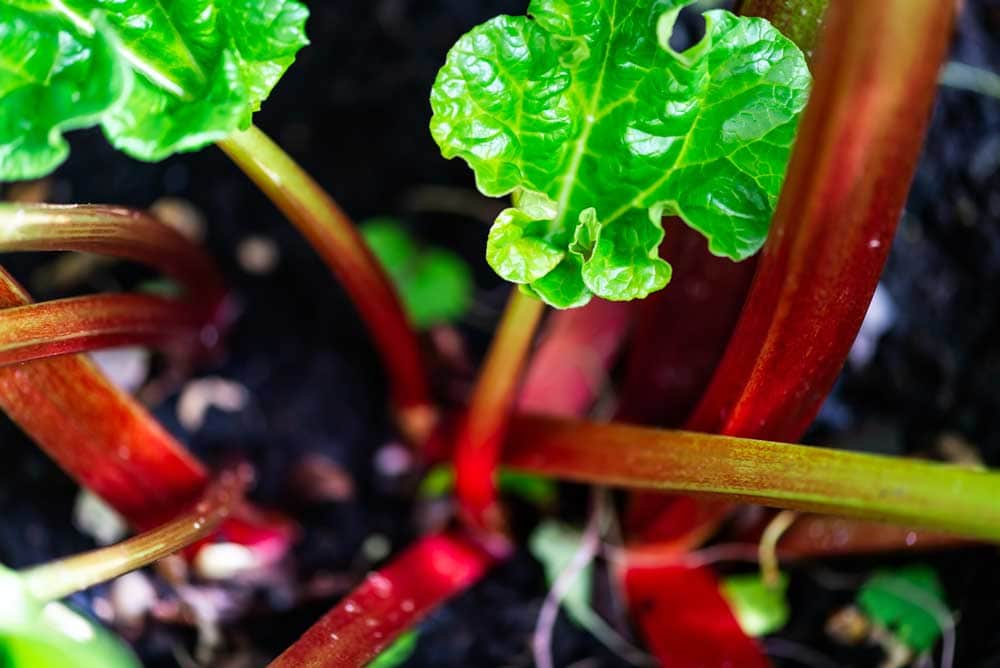
Harvesting Rhubarb: When & How?
An essential part of this rhubarb growing guide is the harvest. My favorite part. Rhubarb can be harvested in its second year of growth if started from crowns, or in the third year if started from seeds. To harvest:
- Grasp the stalk near the base and pull it away from the plant with a gentle twist.
- Do NOT cut your stalks with a knife since this fresh end can be a point of entry for garden pests. The other issue with cutting stalks instead of pulling is your plant will not know that a stalk is gone and it will slow and eventually stop production.
- Trim the leaves from the stalk and place the leaves back in your garden bed. The leaves are toxic and should not be consumed.
- Limit your harvest to a maximum of 1/3 of the plant at a time. Your rhubarb needs foliage to gather energy to produce more stalks.
- Stop harvesting by the end of June. Come July and you will want to leave the plant to grow and store energy for the long winter ahead.
Mature plants can provide an 8- to 10-week harvest, yielding 2 to 3 pounds of stalks per plant per season.
Growing Rhubarb in Pots
Even though rhubarb is commonly grown in the ground, it is also possible to grow it in pots. This is an excellent option if you have limited space or want to keep your rhubarb plants on a patio or balcony.
- Container – You’ll need a large pot that is at least 20 inches wide and deep. The container should also have drainage holes to prevent water from accumulating and damaging the plant’s roots.
- Soil – Fill the container with well-draining potting soil (same loamy soil as mentioned previously) and make sure it’s moist before planting the rhubarb. Plant the rhubarb crown in the center of the pot, making sure the top of the crown is level with the soil’s surface.
- Water – Immediately after planting your rhubarb, keep the soil moist but be sure not to waterlog it. Rhubarb plants require regular watering, especially during hot and dry weather.
- Sun – Place your rhubarb pot in a location that receives full sun or partial shade. Rhubarb plants prefer cooler temperatures, so avoid placing the pot in direct sunlight during the hottest parts of the day.
- Feeding – You can add a 10-10-10 fertilizer or compost to your pot twice a year, once in the spring and once in the fall, which is the same schedule as bed-grown rhubarb.
- Harvesting – You’ll want to wait to harvest until your rhubarb is at least 1 year old from a crown or 3 years old from seed. Rhubarb stalks are ready to pull when they are at least 10 inches long and have a thick, fleshy appearance. To harvest, simply grasp the stalk near the base and gently twist and pull it away from the plant.
Tips for Growing Thick Rhubarb Stalks
To encourage the growth of thick rhubarb stalks, try the following tips:
- Plant in full sun: Rhubarb plants require enough sunlight for robust growth and thick stalk production. Make sure you plant your rhubarb in an area that receives at least 6 hours of direct sunlight daily.
- Provide adequate nutrients: As heavy feeders, rhubarb plants need a steady supply of nutrients to produce thick stalks. Follow my twice-a-year feeding schedule to get thick stalks.
- Forcing or blanching: This technique involves covering the plants with a lidded clay pot early in the season. Forcing should only be done to 2 or 3-year-old rhubarb. Once shoots start to appear, the lid should be removed. This will stimulate the rhubarb to stretch and grow towards the light, resulting in thicker stalks. You can read more about forcing rhubarb from Gardening Know How.
On a side note, for the life of me, I cannot find any local or online sources for rhubarb blanching or forcing jars. If any of you kind readers could point me to them, I would so appreciate it. They are pretty, right?!
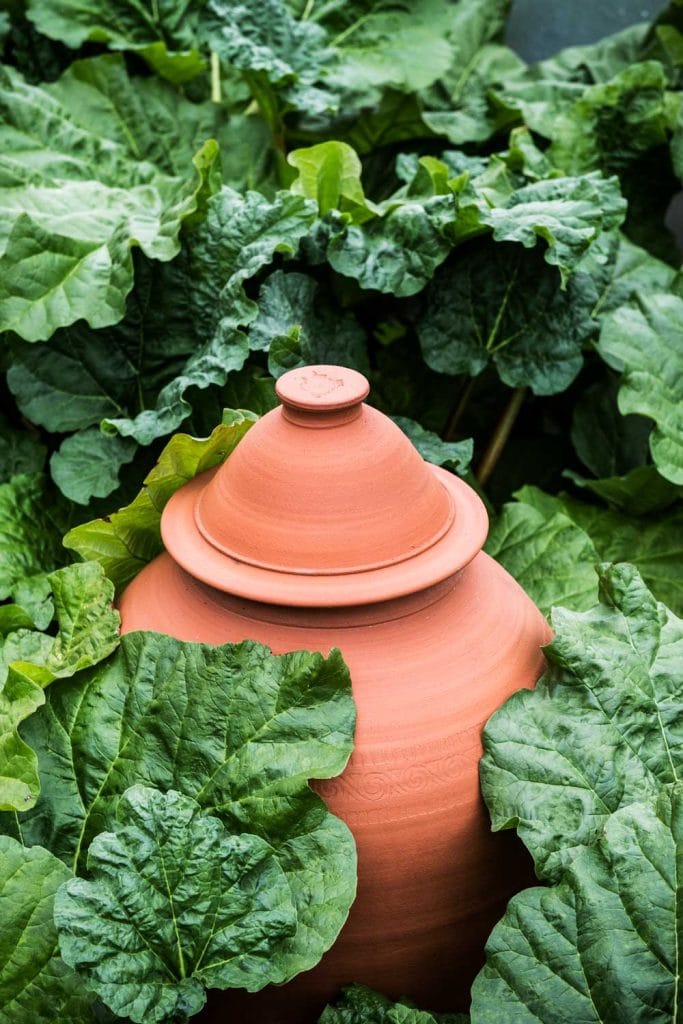
Growing Rhubarb in the South and Warmer Climates
Growing rhubarb in warmer climates requires specific techniques to ensure a successful harvest. Some tips for growing rhubarb in warmer areas include:
- Provide afternoon shade: In hotter climates, rhubarb plants benefit from partial shade during the peak afternoon heat to prevent heat stress.
- Choose heat-tolerant varieties: Select rhubarb varieties that are better adapted to warmer temperatures, such as Victoria, Riverside Giant, Canada Red, Cherry Red, Crimson Red, MacDonald, Strawberry, and Valentine.
- If you are in zone 8, you may grow Valentine as an annual. Simply plant during the fall for a winter-to-spring harvest.
- One method you Southerners may want to try (if you have ample freezer space) is to grow your rhubarb in a pot and place, (see the section of this rhubarb growing guide titled “Growing Rhubarb in Pots). You can place your pot in the freezer during the summer months so it can go dormant and then place it outside in the fall so you can grow stalks when it isn’t stressed out from the high heat.
- Maintain soil moisture: Frequent watering is essential to keep the soil moist and cool in warmer climates. Mulch also helps retain moisture and protect the plant’s roots from excessive heat.
Common Rhubarb Pests and Diseases
Rhubarb is relatively pest-resistant but two common pests are the rhubarb curculio and stalk borers. You can prevent both by removing nearby host plants and keeping the area weed free.
Diseases such as crown rot and leaf spot can be prevented by planting in well-drained soil. You may also prevent disease by removing all dead foliage in the fall (after they have wilted back).
What to Do if Your Rhubarb Flowers?
Bravo!! Your plant is healthy!! Now you have some decisions to make.
- Save Seed & Stop Harvesting- if you’d like to start more rhubarb plants, you’ll want to let your rhubarb flower remain on the plant and go through the cycle until you get to seed on the flower head. If you opt to do this, stop harvesting from that plant. The seed needs energy from your plant and any stalks will taste woody. You will not be able to actually collect your seed until fall time, (when they are properly dried out). It’s a year of investment and sacrifice for unlimited rhubarb-growing potential.
- Cut Flower & Keep Harvesting- if you’d like to harvest your rhubarb and do not want to collect seeds to start new plants, simply cut your flower off at the base and continue to enjoy your rhubarb throughout the growing season. If your rhubarb plant continues to flower, you may want to consider dividing and replanting.
I may start one more rhubarb plant and document in more detail, about starting seed if I do that. My plant at our new house is only 3 years old and it hasn’t produced a seed stalk, but when it does, I’ll update.
**UPDATE** My plant threw 6 different flower heads this spring (at 5 years old)! I was planning on saving one for seed but a garden helper cut it off just the other day. I really need to divide those crowns up and may attempt to do that soon.
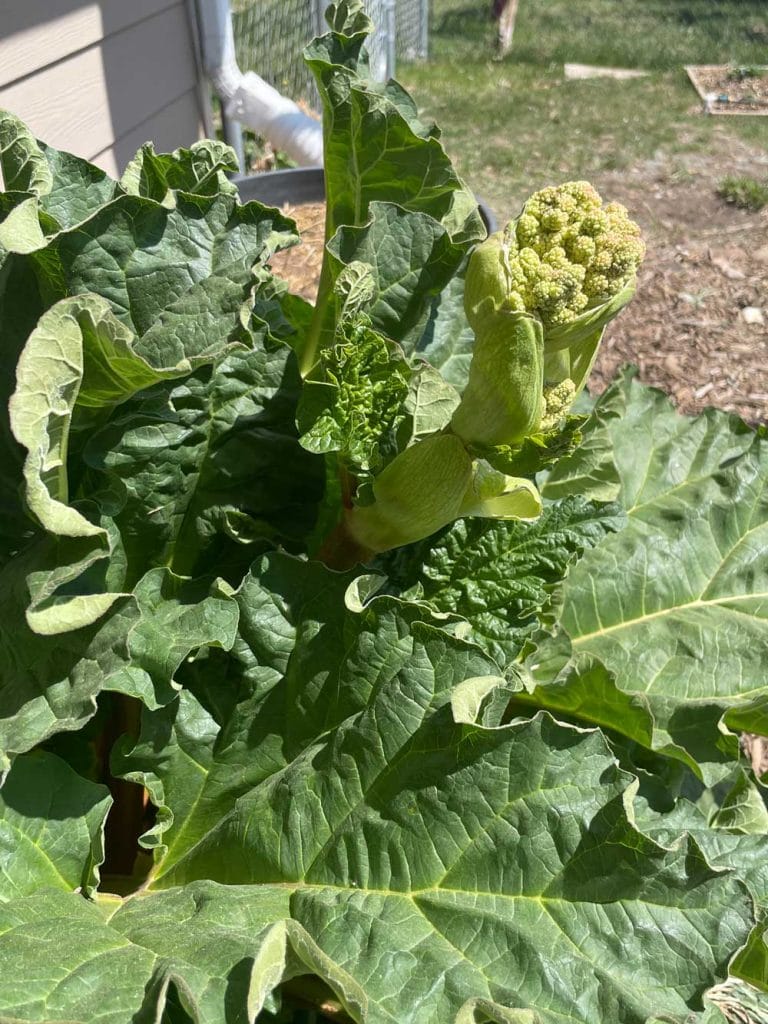
Summary of Rhubarb Growing Guide
Growing rhubarb is so easy and rewarding. The tart and flavorful stalks have so many uses in all sorts of dishes. By following my rhubarb growing guide and tips, you’ll be well on your way to enjoying a thriving rhubarb patch in your garden for years to come.
Happy rhubarb growing & eating!

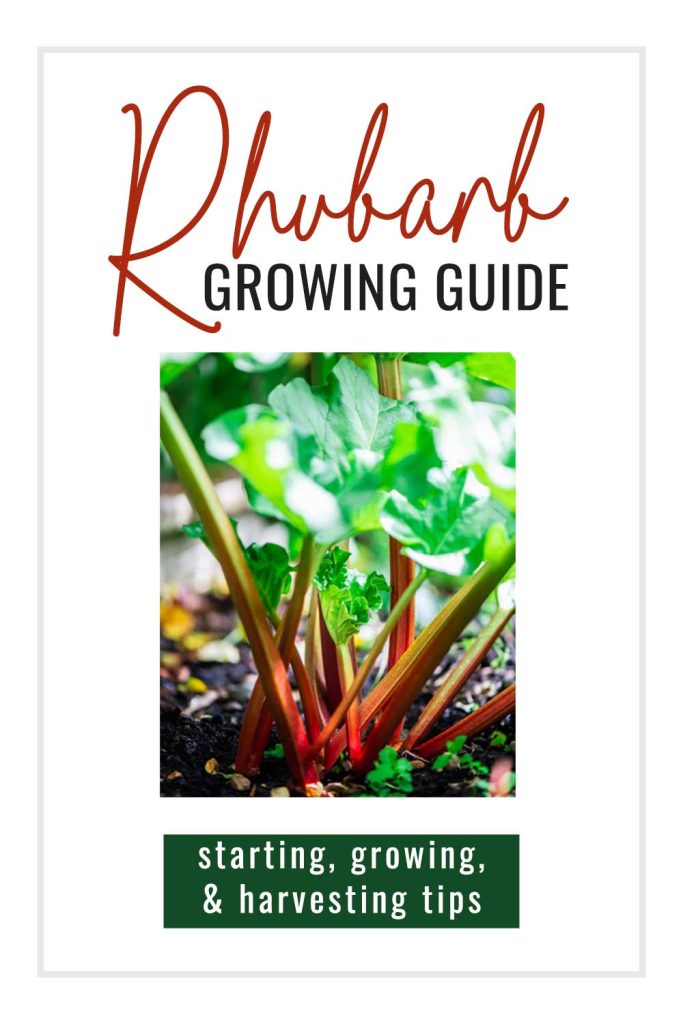

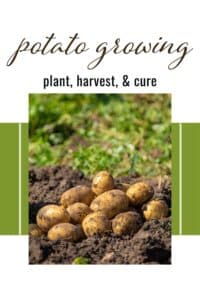

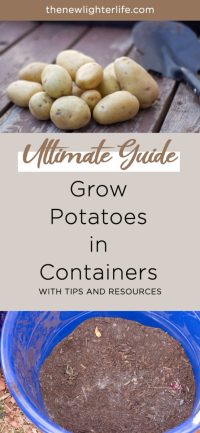
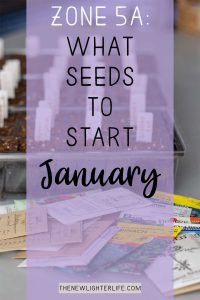
4 thoughts on “Rhubarb Growing Guide: Tips to Growing Rhubarb Successfully”